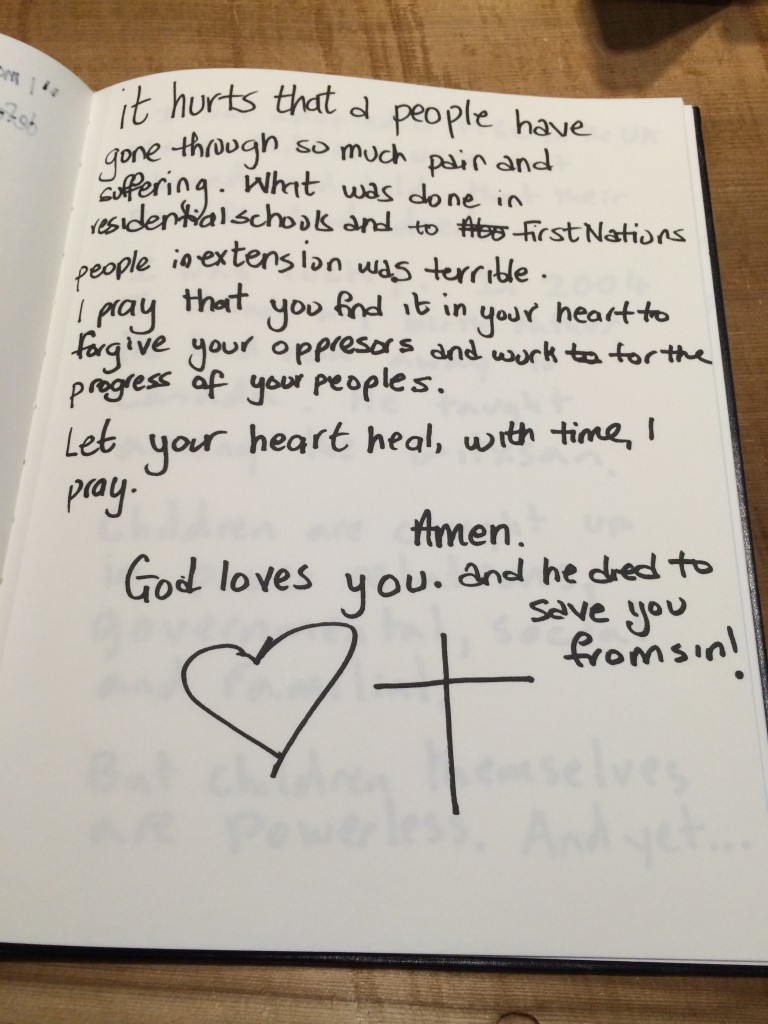This past week I read Maus I and II for the first time, and I must say with all of the social, literary, and diegetic complexities that Art Spiegelman manages to write and draw into the graphic novel/comix, it seems a very daunting task to discuss it here. Maus is also the first graphic novel I have ever read. I never had an aversion to the medium/form/genre but simply never knew where to start, or never had a strong enough desire to wander aimlessly into what was available. However, reading Maus after reading several other personal narratives in the past few months really emphasized for me the importance of form in any type of media. As Marshall McLuhan famously said,
The Medium is the Message.
The greatest reward in reading Maus is experiencing the way Spiegelman marries form and function in order to create, retell, and recount both his father’s holocaust survival story, as well as his own story with his father. Comix/cs as a form are so incredibly versatile but because of their place historically within art culture as being “funny books” (think Sunday Funnies) or purely as entertainment value superhero stories, many people approach them with so many presumptions. Spiegelman uses this to his advantage with the “funny animals” trope by drawing the Jews as mice and the Nazis as cats, so that on the one hand we have a sort of a priori Tom-and-Jerry-like feud, and on the other a very real account of human suffering. The dissonant effect created by Spiegelman’s artistic choices jars readers, or at least it did me, and is especially effective when he references the “funny animals” trope within the text itself!
Spiegelman’s use of so many diegetic levels, the level in which the holocaust story plays out, the narrative level in which Vladek is telling the story to Art, and the narrative level in which Art discusses the production of the Maus itself, are all possible because of the function of the comic form. From panel to panel it is so easy to read the narrative even as we are going from the past to present, to present in the past, and vice/versa, because there is a textual narration as well as the visual guide of the panels. When Spiegelman breaks the fourth wall it also seems natural within the comic, and would be much more difficult to execute within the form of a novel, and much less believable/serious in a film.
Greg Burgas over at goodcomics.com wrote an article that muses over the art work from a few very different styles of comics, underlining the versatility of the form. While the article is long, and not particularly well written, there is a consistent thread throughout that he believes sets comics apart from any other art form. Because the form has so many traditions that are widely recognizable, such as panel sizing, speech bubble shapes, text size; that when they are broken, morphed, transformed, and played with, the deviant effect can have great consequences. In addition, comics have the advantage in over/under emphasizing dimensions, and taking liberty with distortion when drawing characters and setting. Movies, as Greg states, can do this with special effects, and novelists can write the details in, but there is something about the lucidity of comic art next to text that grants comic narratives verisimilitude. It is the nature of the form to be drawn and created, whereas film effects are achieved in post-production, comic drawing is done in production itself.
